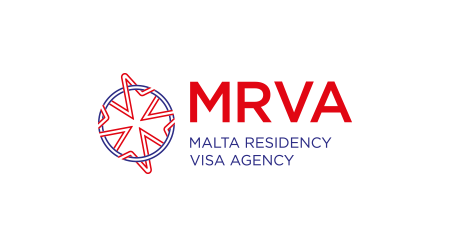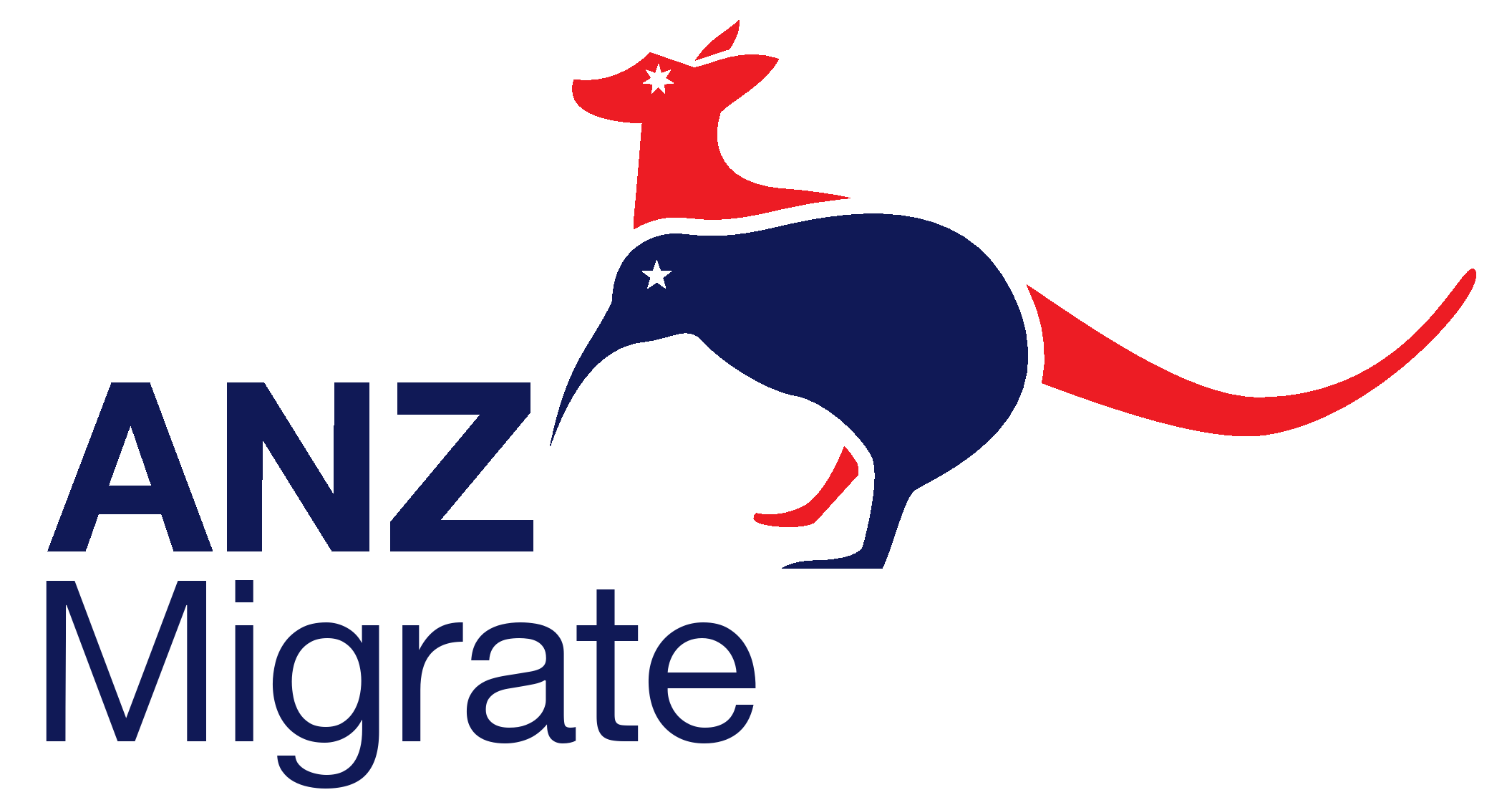Report: IM Yearbook 2019/2020
Media: Investment Migration Yearbook 2019/2020
Sector: Investment Migration
Publication Date: June 2019
Edward Beshara, Managing Partner of Beshara Global Migration Law Firm
Why Strategy is Everything
EB-5 has for many years been a runaway success. But with ever-increasing waiting times and long delays for some nationalities, defining the right strategy has become the most important exercise of the immigration process, says Edward Beshara, US Attorney at Law.
The USA’s EB-5 Programme has long been considered the gold standard of residence-by-investment programmes in the world. However, to keep investor interest high, stability and predictability need to again become the hallmarks of the programme, says Edward Beshara of Beshara Global Migration Law Firm. “While there is definitely a need for new, modern legislation to ensure that EB-5 remains a competitive choice for high-net-worth investors now and in the future, there are also many other avenues that applicants can explore if they wish to enter the US. In fact, the EB-5 Programme might not always be the first or best choice,” he adds.
Boom Years
Although in existence since 1990, EB-5 experienced a boom in interest during the past 10 years following the 2008 financial crisis due to a combination of factors, says Beshara. With liquidity squeezed and banks refusing to lend, US developers started promoting the programme extensively in an effort to access low-cost EB-5 funds to secure financing for their projects. Another reason for the rise in applications was the co-occurrence of Canada’s decision to phase out its federal Immigrant Investor Program. The US suddenly became the preferred destination for wealthy foreign investors, predominantly main-land Chinese nationals, seeking both economic opportunities abroad, as well as educational opportunities for their children.
Regaining Competitiveness
“I think in some ways the EB-5 has become a victim of its own success,” says Beshara. “The waiting time for Chinese investors is just one example of this.” Due to the annual ceiling limit of 10,000 EB-5 Conditional Resident Visas for investors and their family members, and the presence of per country limits, Chinese investors today face an estimated waiting time of 14 years. He points out that applicants also need to take into account that the monthly State Department Bulletin for available visa numbers per EB-5 category is different than the actual or real time delays or retrogression. Beshara also mentions that in the early days of the programme, EB-5 petitions were approved in one to three months. As soon as the petitions were approved, investors could apply for their conditional residence visa. “In general, when we file a petition today, it takes about 24 months before the government comes back to us. Investors also need to factor in another five to six months until they receive their conditional green card. But as I mentioned previously, this time-frame is extended to 14 years before Chinese investors can apply for their Conditional Resident Visa.” Beshara believes that speeding up the petition and application process, as well as increasing the number of Conditional Resident Visas per year, would go a long way towards improving EB-5’s overall competitiveness. “We have to keep in mind that EB-5 is only one of many investment migration options avail-able in the global marketplace, and at times the investment opportunities offered in other countries might sound more appealing to investors,” says Beshara. “I always point out that the EB-5 in-vestment is 100% at risk from a business perspective. Investors and their advisers need to do their homework and look into the projects they plan to invest in and their history of success. Businesses and projects can fail, and there cannot be a guarantee that investors will get their money back.” This also applies to projects associated with a Regional Centre licence. “While investment through the Regional Centre Programme can be an EB-5 compliant project for immigration purposes, it does not mean that the US Government is approving the business viability of the project.
”The USA’s EB-5 Programme has long been considered the gold standard of residence-by-investment programmes in the world.”
A Plethora of Options
Although new EB-5 legislation and/or US Immigration Regulations have yet to materialise, the US has not lost its appeal to wealthy investors. “However, it is essential to find the best strategy for each client,” says Beshara. In the past, Chinese nationals accounted for 85% of EB-5 investment volume and even though their numbers have dropped, they still are in the majority per year, according to Beshara. “The majority of investors are looking for relief from the quota backlogs and for greater certainty, and there are alternative US visas to the EB-5 Programme that can be more attractive, depending on the circumstances,” he says. Many of his clients are more interested in securing educational opportunities for their children rather than a new residence location for themselves. “In these cases, it makes a lot more sense to apply for a student visa.” Another option might be to apply for an E-2 treaty investor visa, which works for citizens of countries with bilateral investment treaties with the US. The E-2 visa may be obtained in a few months, for entry of the investor and their family.He also noticed a substantial increase in the volume of citizenship by investment applications in other countries, whereby the final goal remains to enter the US. “One solution involves obtaining citizenship in the Caribbean country of Grenada, a country that has both a citizenship by investment programme and a bilateral E-2 investment treaty with the US.” Once becoming a citizen, the new Grenada citizen is eligible to apply for an E-2 investor work visa for the US. This can be a solution to fill the gap until the investor is able to apply for US permanent residence, or it can be an option instead of the EB-5 visa scenario. Obtaining citizenship in Grenada may be the first choice compared to other E-2 treaty countries, given that high-net-worth investors can obtain citizenship in Grenada in three months.Despite these alternatives, Beshara believes that new EB-5 legislation is required sooner, rather than later. “The US remains a magnet for immigrants coming from all corners of the world, but in my opinion, Congress must act fast to push through new legislation otherwise investors will start seeking other options, some of which may be outside of the United States.”

BIO: Edward Beshara is Managing Partner of BESHARA GLOBAL MIGRATION LAW FIRM based in Orlando, Florida since 1983. he has been exclusively practicing Us Business Immigration law (including the E-2 treaty investor, intra-company executive transfers, and national Interest petitions) and offering approvable strategies and solutions to foreign nationals throughout the Us. he represents corporate and individual clients from all countries worldwide in regard to their Us immigration goals. Edward has been representing foreign national investors and corporate clients in regard to the EB5 process since 1991, and concentrating on the EB5 Regional Centre and individual EB-5 Direct process for over ten years.
 Related Content
Related Content
Zooming in on the European Commission’s ill-Informed Analysis
The European Commission has no competence to regulate, and a rather poor understanding of citizenship matters and the investment migration industry, writes Dimitry Kochenov, Professor of EU Constitutional Law in Groningen, and Chairman of the IMC.
Too Big to be Ignored
Chinese nationals are among the top applicants for residence programmes across the world; yet, they are encountering more barriers than ever to realising their emigration plans. Larry Wang, President of Well Trend, talks about the deregulation of immigration consultants in China, the EB-5 backlog, and what Chinese clients really want.
Global Citizen Tax to Shift Industry Focus?
Armand Arton has long been calling for the introduction of a levy on investment migration programmes to source funding for humanitarian assistance and development projects that can help address the wider causes of migration. As the industry is reaching maturity, “we have the opportunity to do things right,” Arton writes.
What it takes to build an Efficient RCBI Programme
For the past four years, I have been reviewing most of the world’s business migration schemes. Every year I analysed and dissected 100 such programmes for our database and our reports. All that knowledge enabled us to understand trends in the industry, mechanisms behind the programmes, and which nationals are drawn to what programme.
Report Sponsors




































